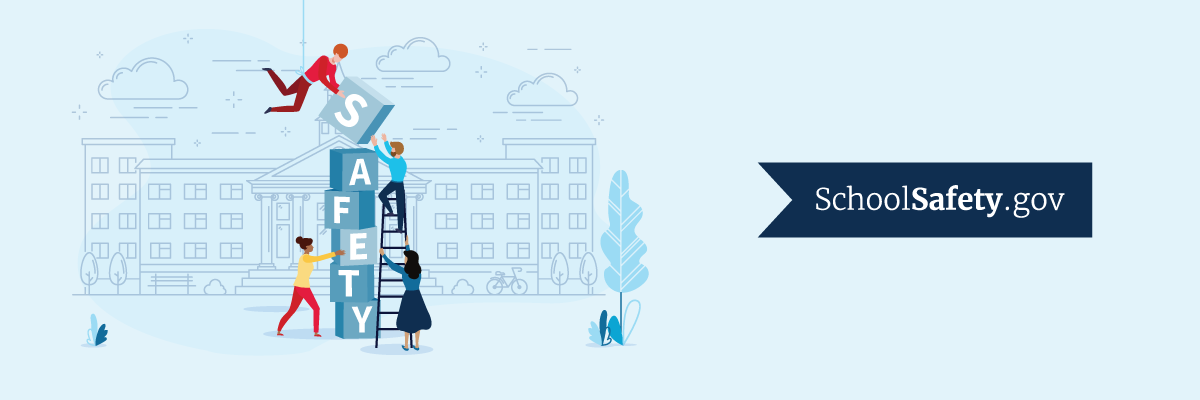Note: On Nov. 1, 2021, the Student and Exchange Visitor Program (SEVP) published SEVP Policy Guidance: Use of Electronic Signatures and Transmission for the Form I-20, outlining the procedures for the use of electronic signatures and transmission of the Form I-20, “Certificate of Eligibility for Nonimmigrant Student Status.” Read the guidance.
Once you have been accepted to a Student and Exchange Visitor Program (SEVP)-certified school and paid your I-901 SEVIS Fee, you can apply for your student visa and begin preparing for your visa interview.
The U.S. Department of State issues U.S. visas, including F and M visas for international students. It is important to apply early for your visa and to read the country-specific visa application process on the website of the U.S. embassy or consulate where you will be interviewed. The order of the steps of applying for a visa and how you complete those steps may vary by embassy or consulate.
Once you schedule your visa interview appointment, remember that you must bring the following documents to present to the consular officer:
- Your original Form I-20, “Certificate of Eligibility for Nonimmigrant Student Status,” with ink signature.
- Passport valid for travel to the United States.
- Form DS-160, “Nonimmigrant Visa Application,” confirmation page.
- Department of State visa application fee payment receipt, if you are required to pay before your interview.
- Photograph that meets all photograph requirements for a U.S. visa.
A consular officer will interview you to determine whether you qualify for a student visa. The officer may request additional documents, which you may bring to your interview, such as evidence of:
- Your academic preparation, which may include transcripts, diplomas, degrees, or certificates from schools you attended and standardized test scores required by your U.S. school.
- Your intent to depart the United States upon completion of your program of study.
- Financial ability to pay educational, living and travel costs.
After you receive your visa, make sure it is the correct type and that your name and date of birth are accurate and match the information in your passport.
As a reminder, a visa does not guarantee entry into the United States. A visa will only allow you to travel to a U.S. port of entry and request permission to enter the United States. U.S. Customs and Border Protection officers at the port of entry have authority to permit or deny admission to the United States.
For more information and step-by-step instructions on applying for your student visa, visit the Student Visa page on the U.S. Department of State Bureau of Consular Affairs website.





